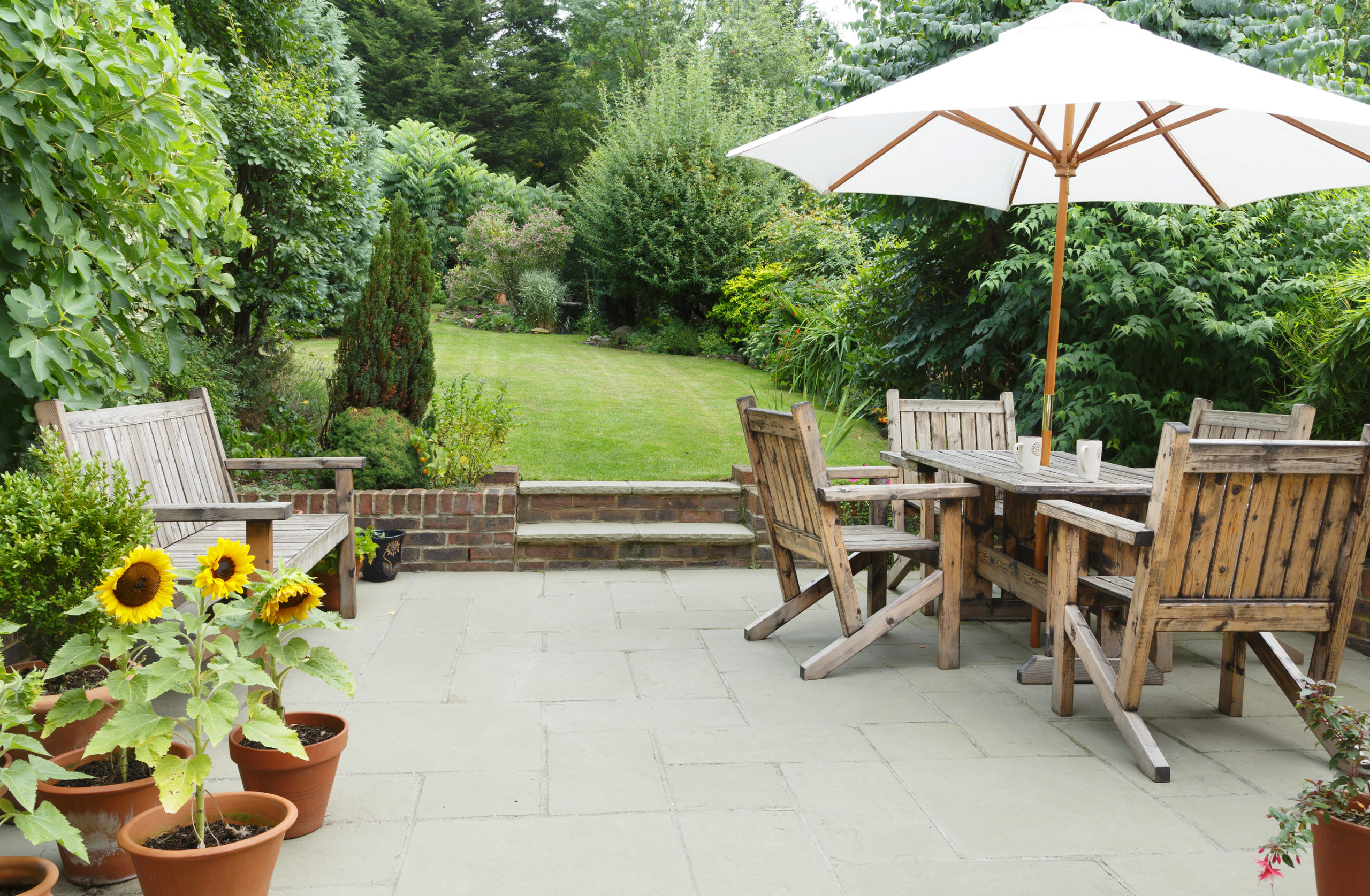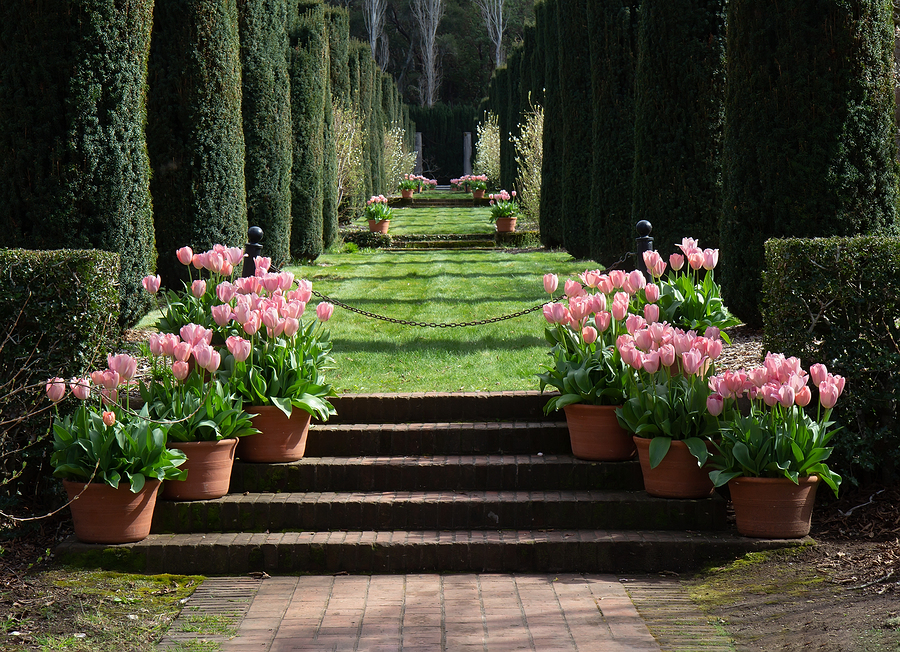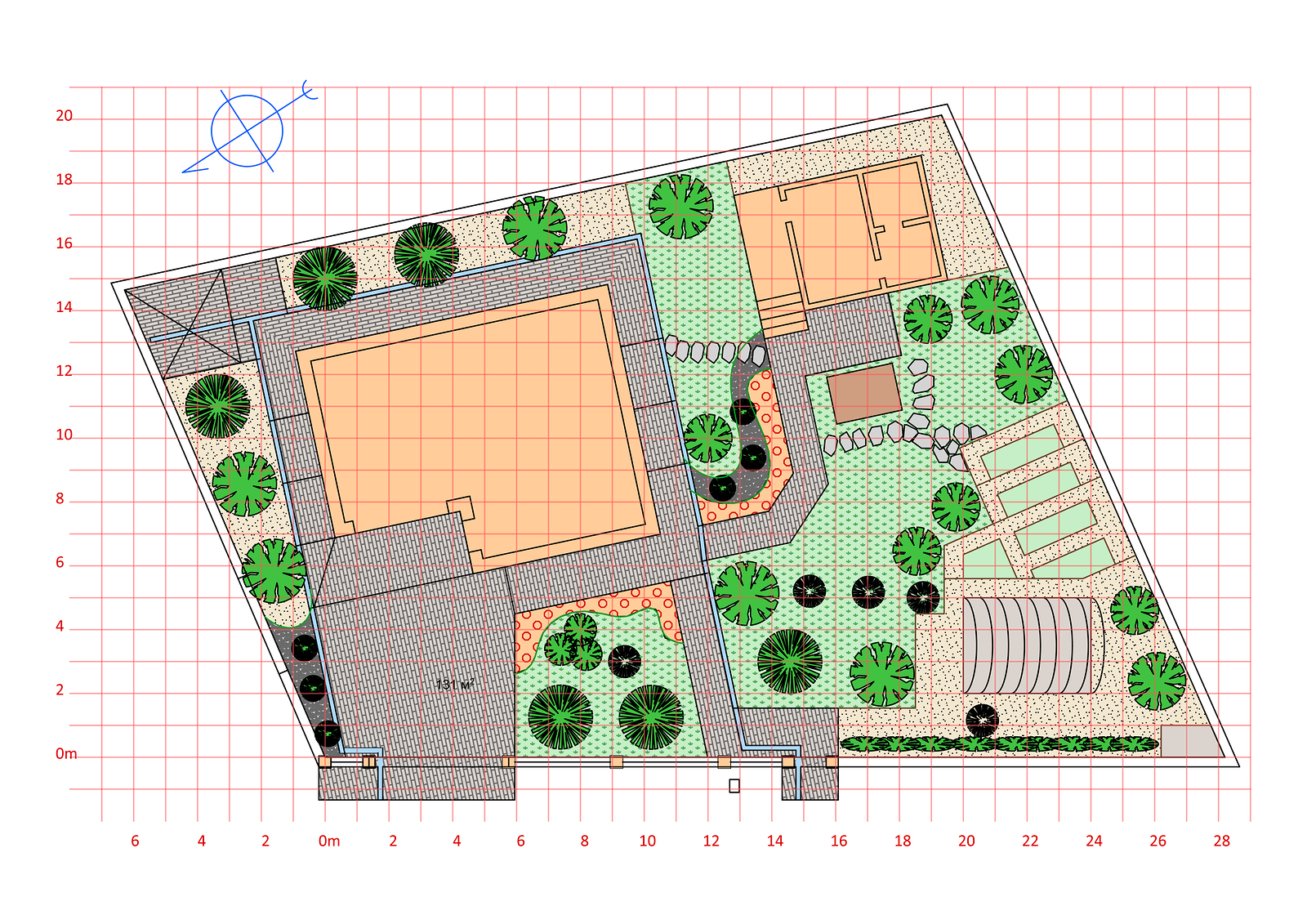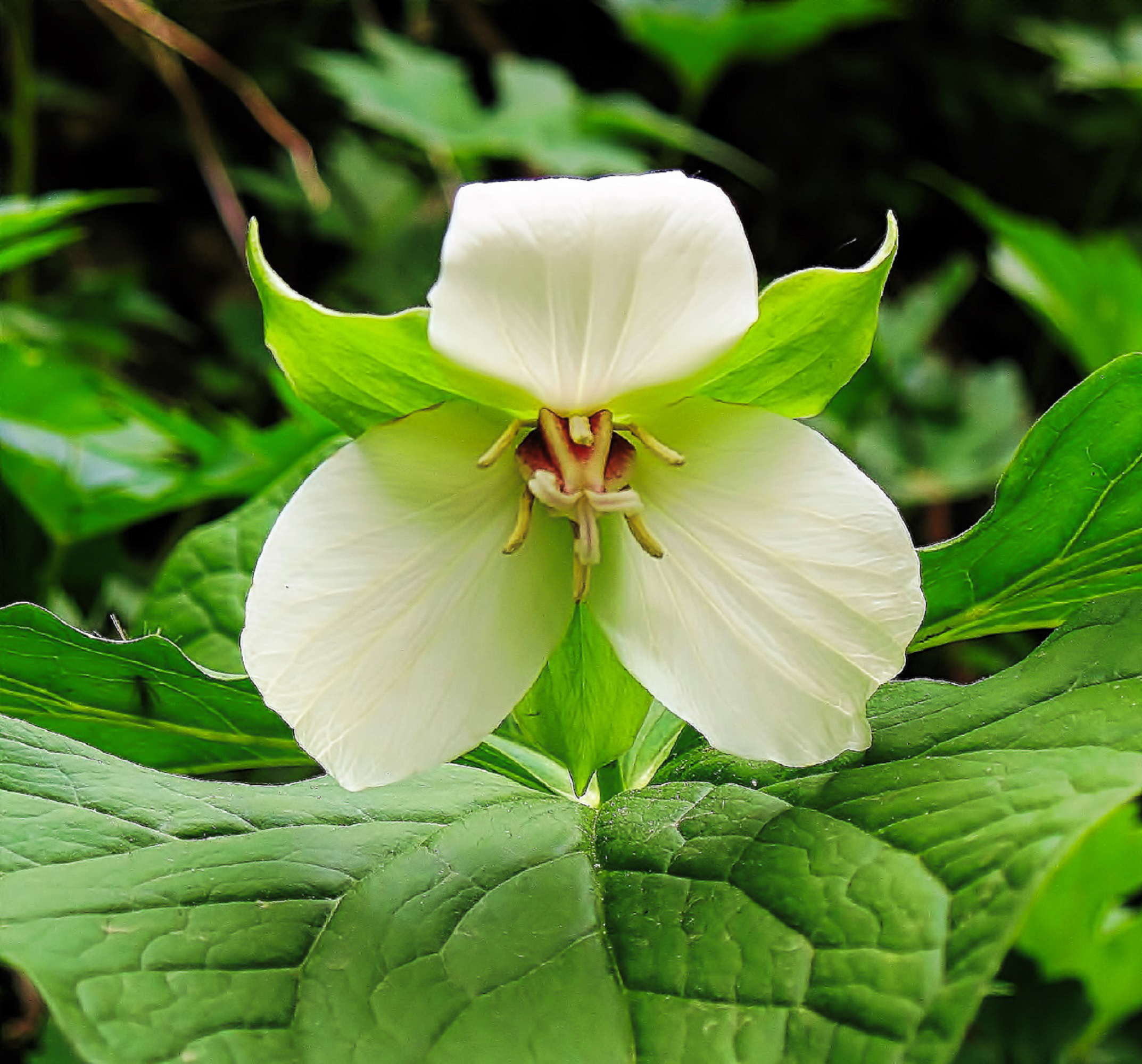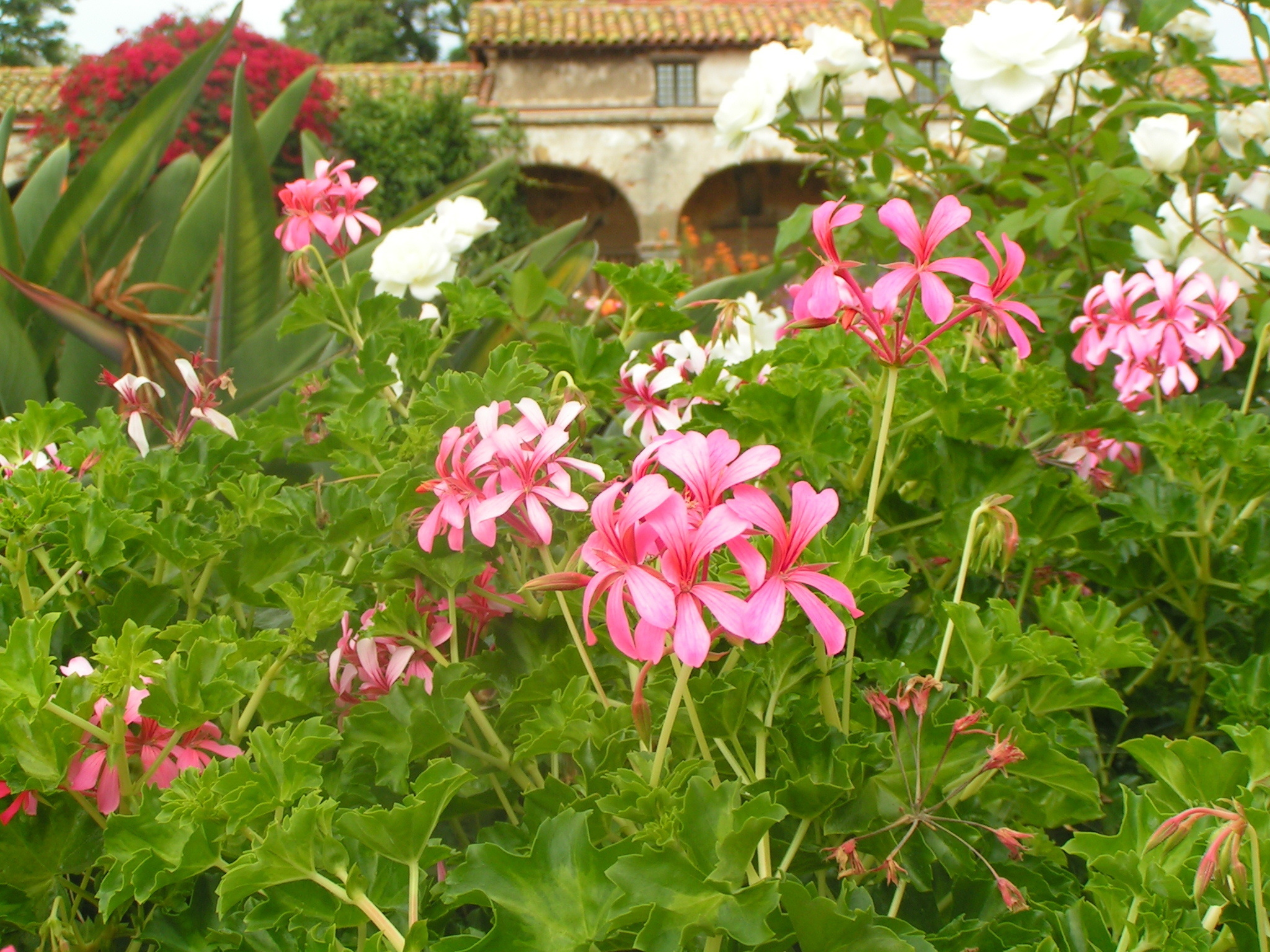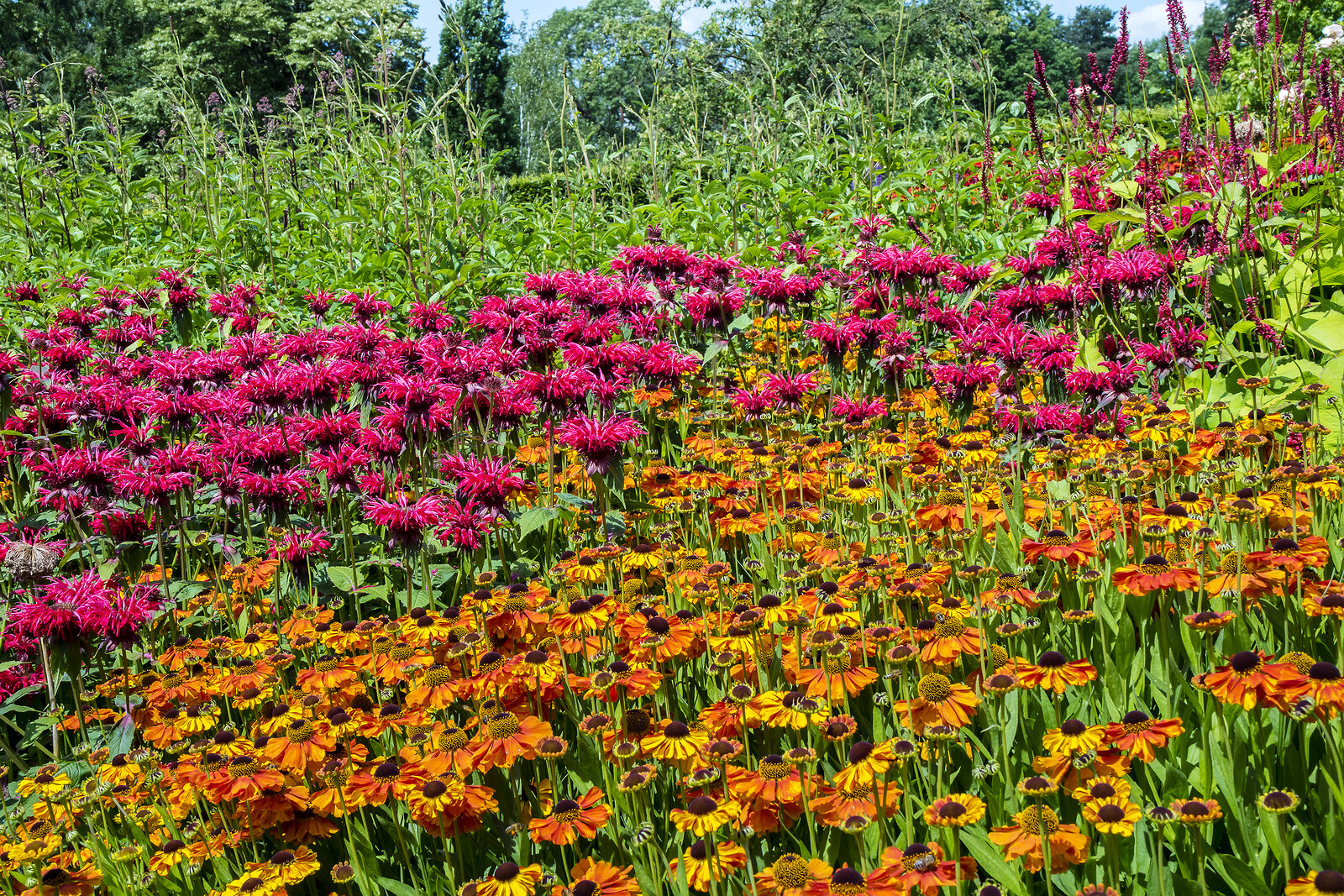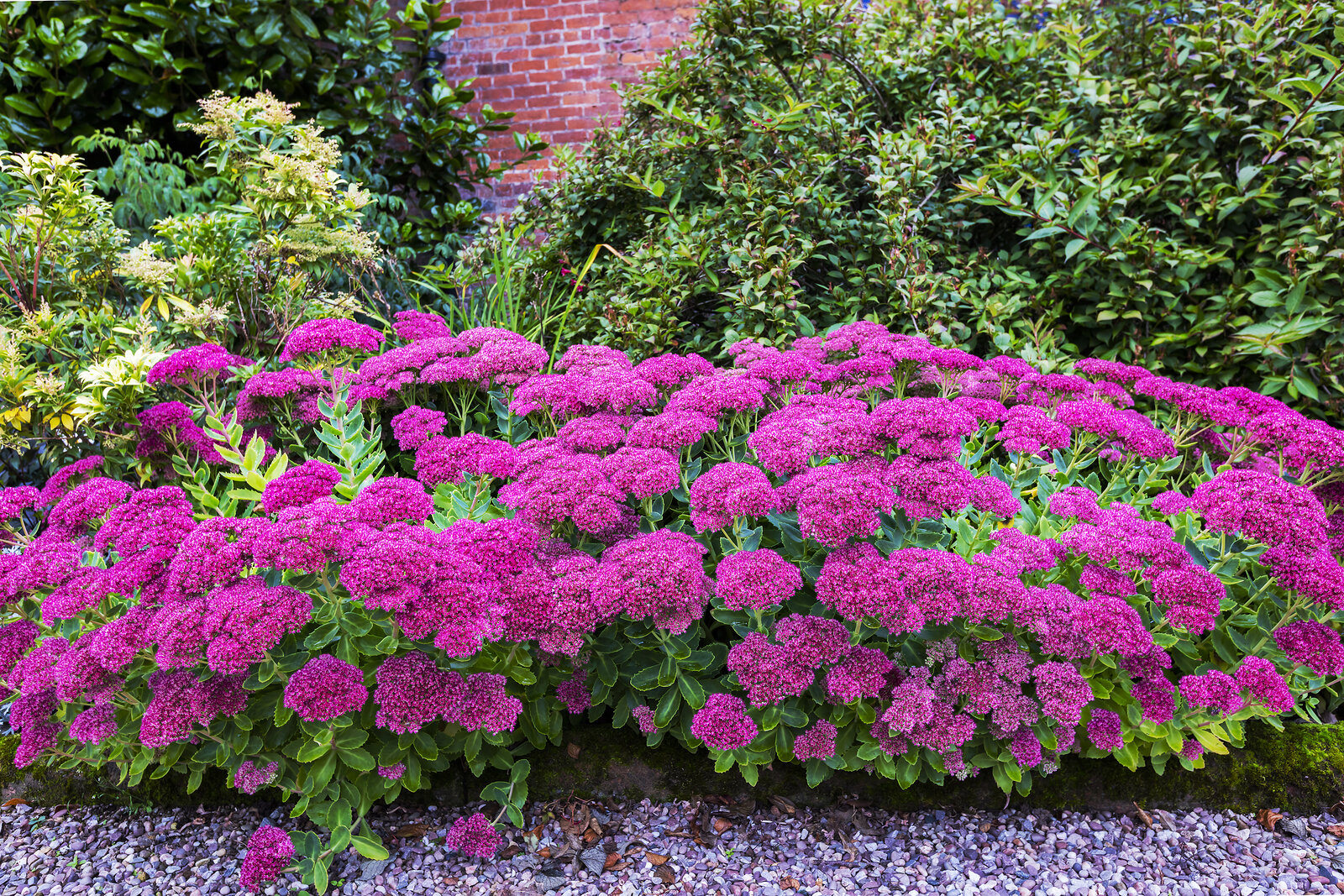Garden Planting Design Basics
Plants are the focus of most gardens. Combining plants effectively is the key to a good design. The basic elements of a planting design include bloom color, foliage color, bloom and foliage texture and shape, plant height and width, and the seasonality. Underlying these elements are the soil, water, and temperature requirements of plants selected […] More


